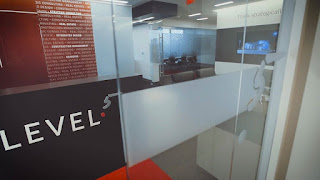Making Branches Smart
Smart branches use innovation to help deals and improve client experience essentially. Changing client conduct and the rise of new advances spell not the finish of the branch yet rather the innovation of the brilliant branch. Our exploration demonstrates that even if numerous banks have begun to embrace components of the sensible branch of the future model, most are not removing the full worth potential. Making branches smart doesn't involve just putting in new machines or purchasing a suite of tablet PCs. Savvy branch change expands on three columns: the consistent coordination of front line branch innovation, which has turned out to be less expensive, progressively dependable and increasingly available; the reception of profoundly new, teller-and work area free branch groups at each area; and the utilization of computerized innovation and progressed examination to improve the working model in branches, including customized, information-driven deals and continuous execution the executives and expertise advancement.Other aspects included in the bank of the future
Cutting edge bank tablets: These dashboards ready banks are beneficial when clients make exchanges at branch machines, similar to ATMs, so they can offer help or customized offers.
Computerized deals modules: These modules enable investors to utilize their tablets to meet client item needs, including Mastercards, car advances, contracts, protection, overdraft assurance, and store accounts. They additionally hold up new-client onboarding. The tablets are prepared to sweep and transfer archives onto bank frameworks; read fingerprints, ID cards, and visas; and perform credit scoring.
Administration terminals: With fewer highlights than interactive teller machines, administration terminals are straightforward, cheap gadgets that can be put both inside and outside of branches. Their fundamental goal is to enable less carefully slanted clients to feel good with the experience of advanced banking. They give a similar client experience and interface clients would jump on a cell phone and procedure nonfinancial exchanges, for example, proclamation demands; they can likewise move cash among records and acknowledge applications for new items, for example, charge cards.
Computerized innovation need not be extra to existing practices and procedures. It ought to be incorporated with client cooperation and representatives' everyday work. The objective ought to be to relocate in excess of 90 percent of straightforward client exercises to help or self-administration groups; to have basic, bound together, paperless procedures for deals and administration; and to use smart banks to convey customized offers that are genuinely important for clients. While customary bank offices are responsive and administration situated, smart branches are proactive and centred solidly around client needs.



Comments
Post a Comment